The full report for this Royal Air Force Ferry Command flight is not available. That said, two of the crew on board were members of the Royal Australian Air Force so there is crash information available in the file associated with the pilot P/O Ronald George Stanley Burrows (RAAF 1942).
Table 1: Crew list for RAF Hudson FK690. Adapted from Christie 1995 and RAAF 1942.
| Name | Rank | Serial Number | Service | Duty |
| Burrows, Ronald George Stanley | P/O | 401898 | RAAF | Pilot |
| Simmons, Douglas Percy Charles | Sgt. | 1334966 | RAF | Pilot |
| Thomson, Graeme Hamilton | P/O | 656086 | RAF | Navigator |
| Fazel, Jack Eric | Sgt. | 405399 | RAAF | Radio Operator |
Ferry Command Hudson Mk. VI s/n FK 690 crashed on 6 December 1942 at 0351 GMT, one minute after takeoff. The aircraft was beginning a Ferry Command delivery flight to the United Kingdom, but stalled after takeoff, crashed and burned, killing all four crew on board (Table 1; Christie 1995; RAAF 1942). A funeral service was held at 1700 GMT and the victims were all buried in the Commonwealth War Graves in Gander on 7 December 1942 (Figure 1; RAAF 1942).
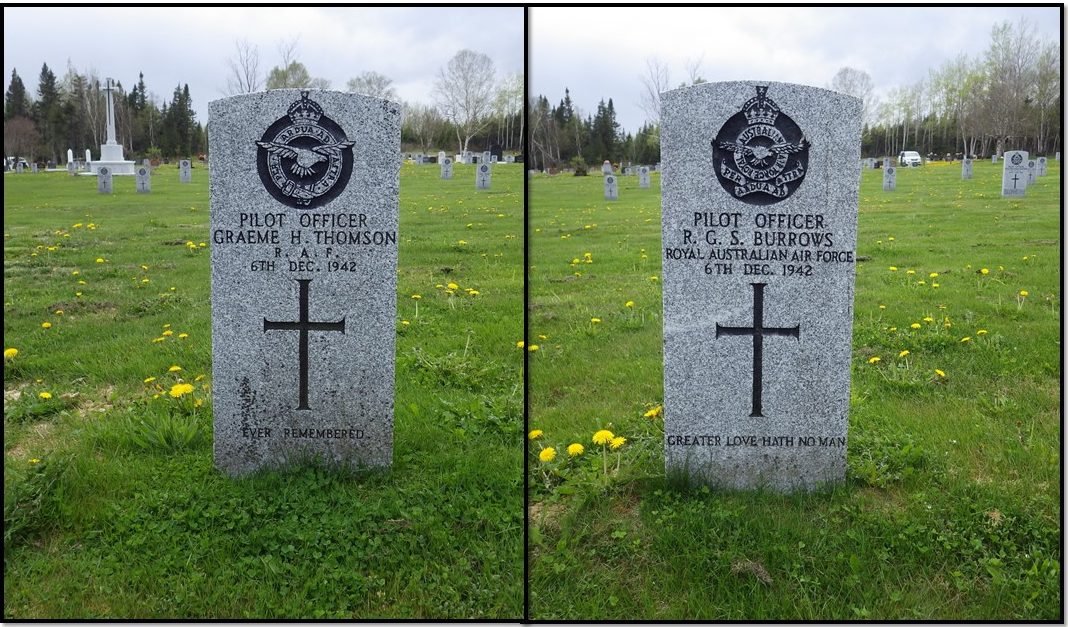
Figure 1: The graves of RAF P/O Graeme Hamilton Thomson and RAAF P/O Ronald George Stanley Burrows at the Commonwealth War Graves in Gander. Photo by author, 2014.
There is very little left to this site, mostly due to the fact that the Trans-Canada Highway was planned to pass over the wreckage. As such, people from Gander were encouraged to visit the site and take pieces of the aircraft as souvenirs or scrap. Some of these pieces are still in the possession of people around Gander, and some were kind enough to allow me to photograph what they had (figure 2).
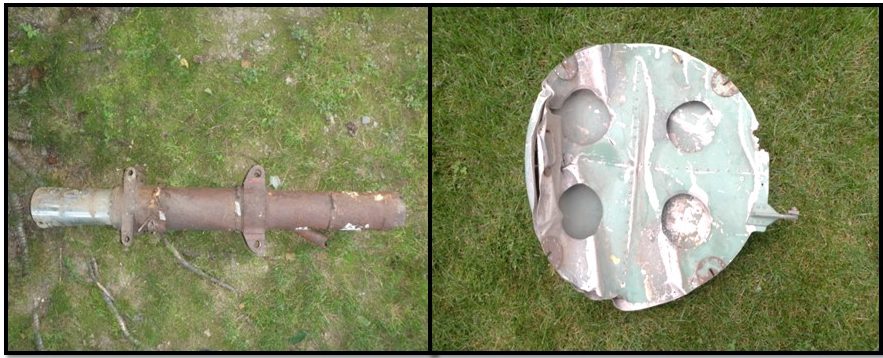
Figure 2: The hydraulic and tank cover collected my Mr. Connors of Gander when highway construction threated the crash site. Photo by author, 2010.
The highway did not pass directly over the site, but the road to the War Graves does potentially pass over some of the wreckage. When visiting this site, I was told that some pieces were on either side of the road, including a landing gear east of the road. Looking through thick alders, my team could not find the landing gear or any other evidence of wreckage east of the road, but did find some small pieces west of the road (figure 3). That is not to say that the landing gear isn’t still on the site, just that I could not find it.
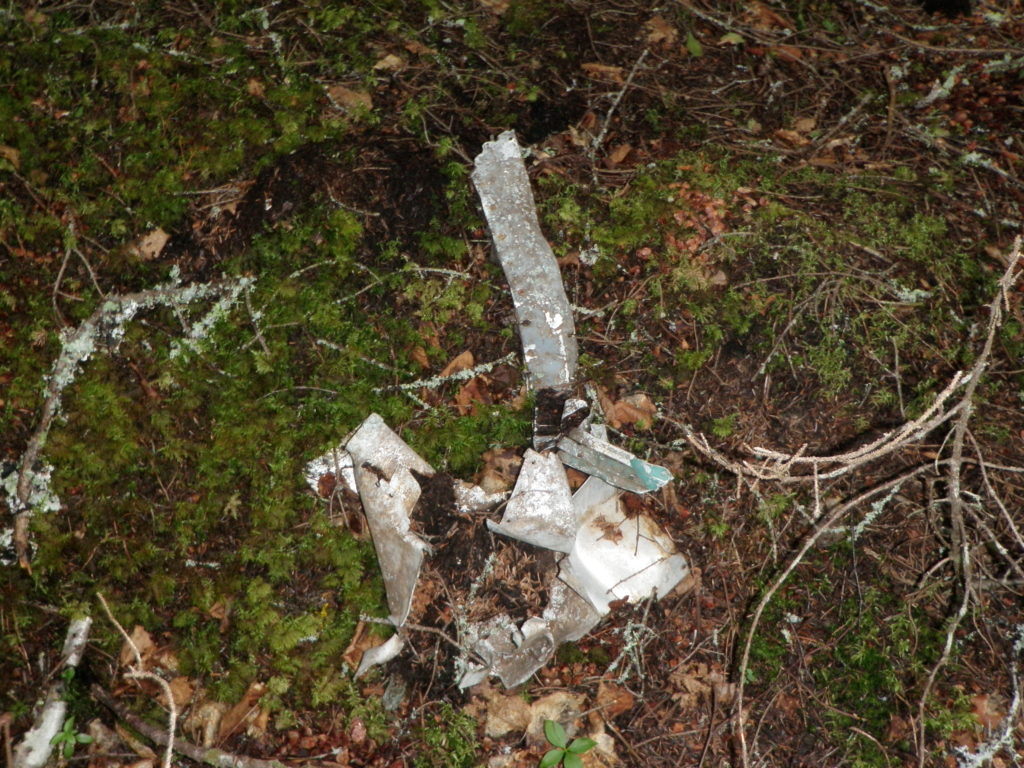
Figure 3: Some of the wreckage that remains on site. Photo by author, 2010.
My team also used a metal detector to see if there was much under the surface of the area. Only a couple of small pieces were found and positively identified as aircraft wreckage. Some of the hits closer to the highway were simply litter (figure 4).
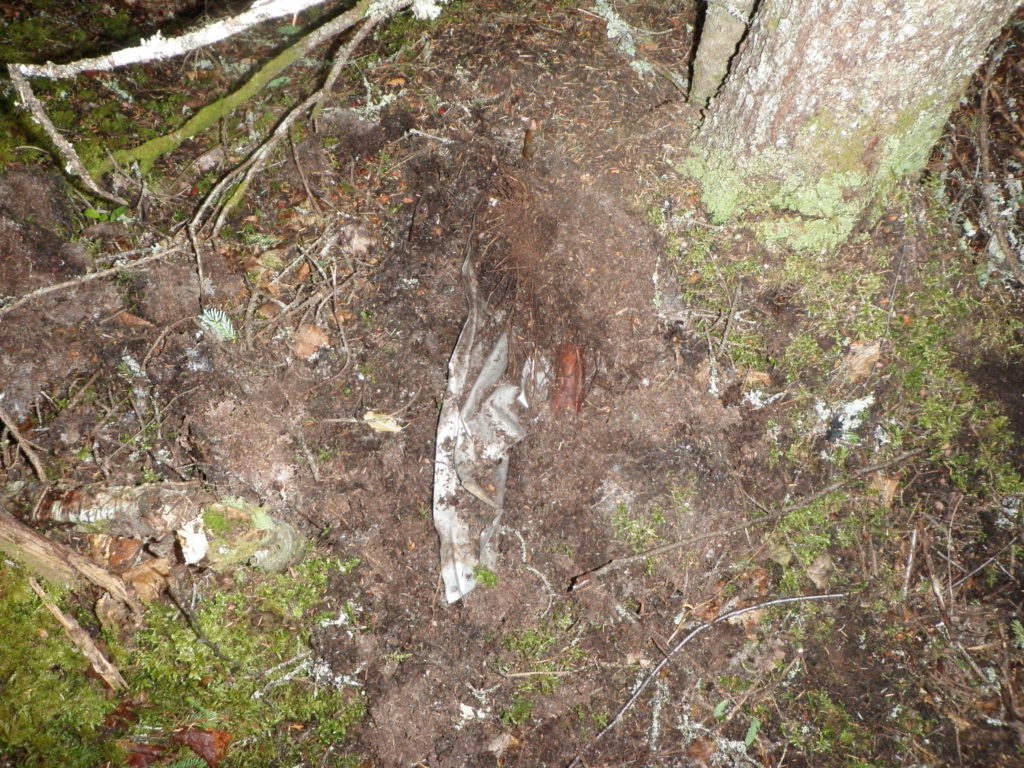
Figure 4: With the use of a metal detector, more aircraft fragments were uncovered in 2011. Photo by author, 2011.
As there is so little left to this site, very little further information about the crash can be found through the analysis of the material culture. Also, how the objects were removed from the site is a little different from other sites. Sites that are stripped of scrap metal tend to be very distinct in what remains. Objects that are too heavy to transport, that are heavily rusted, or that contain materials that cannot be easily recycled in Newfoundland (like steel), tend to remain on site. Those pieces are also left in situ as there would have been no need to move them. But, as people were encourage to take whatever they found interesting, what remains are very small pieces that were potentially moved and gathered together in an effort to encourage their removal (figure 5).
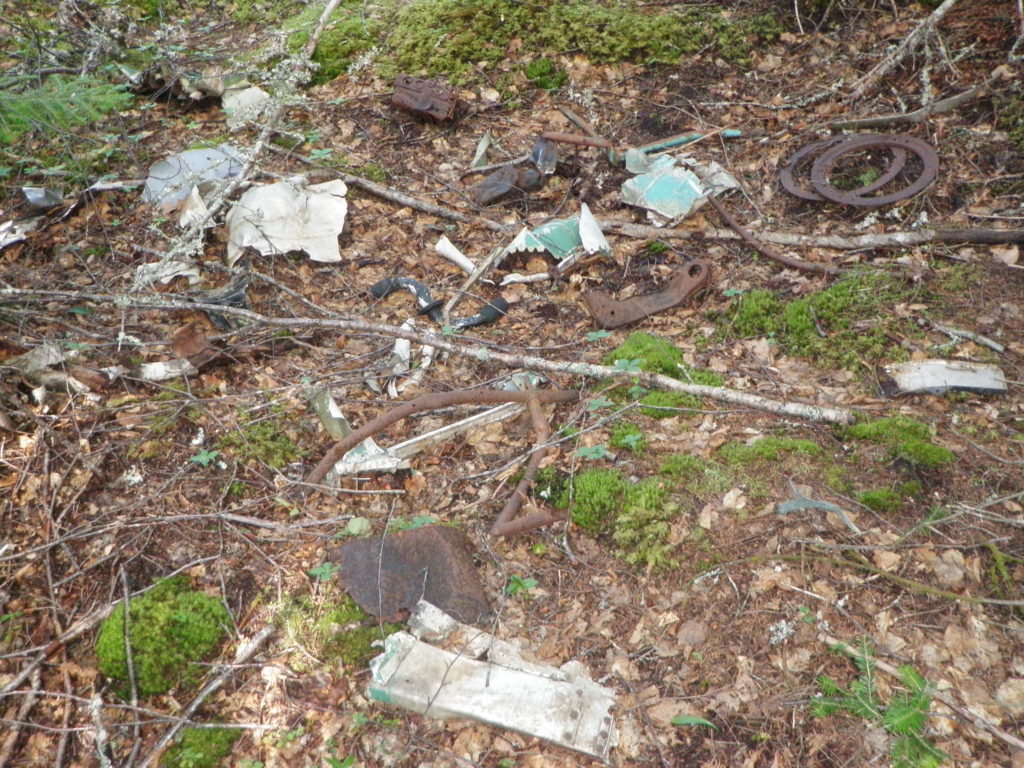
Figure 5: Area of highest artifact concentration on the site. Photo by author, 2010.
Sources:
Bryan, C.
2010 Personal communication, Gander resident.
Christie, C. A.
1995 Ocean Bridge: The History of RAF Ferry Command. University of Toronto Press, Toronto.
Hillier, D.
2010 Personal communication, historian.
Leahy, D.
2012 Lockheed Hudson Mk. VI FK 690. RAAF Casualty Database, http://www.raafdb.com/ , accessed 10 May 2016.
RAAF (Royal Australian Air Force)
1942 4018988 F/O R.G.S. Burrows. Royal Australian Air Force, Canberra. On file, National Archives of Australia, A705 163/24/355.
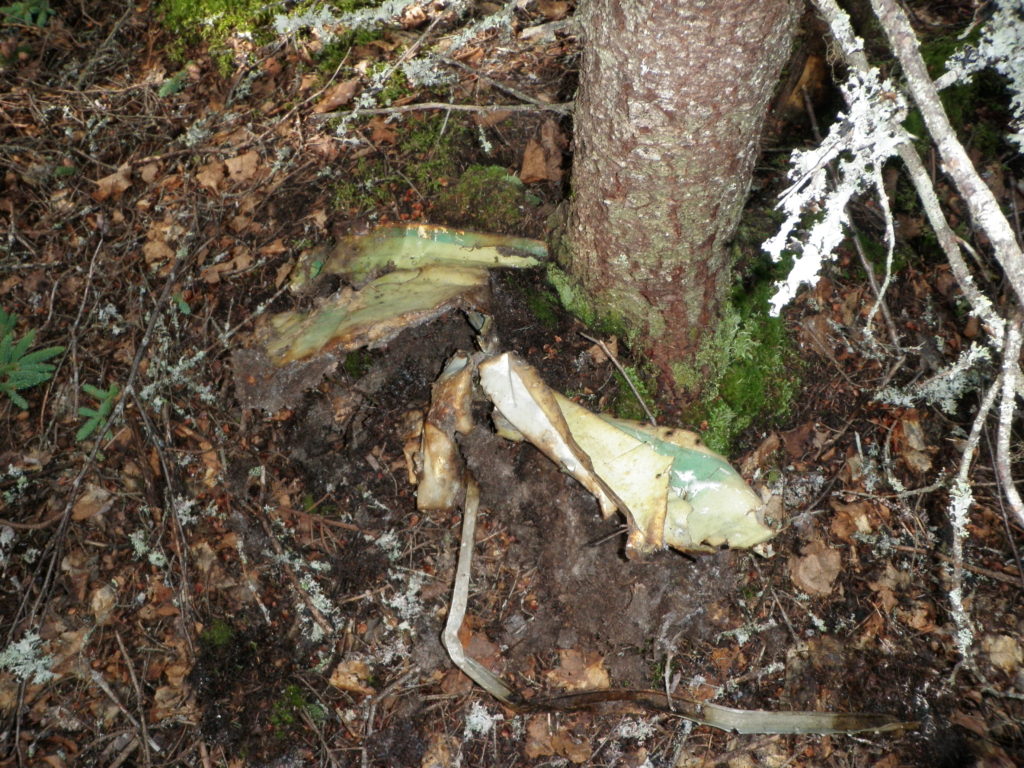
Site wreckage

